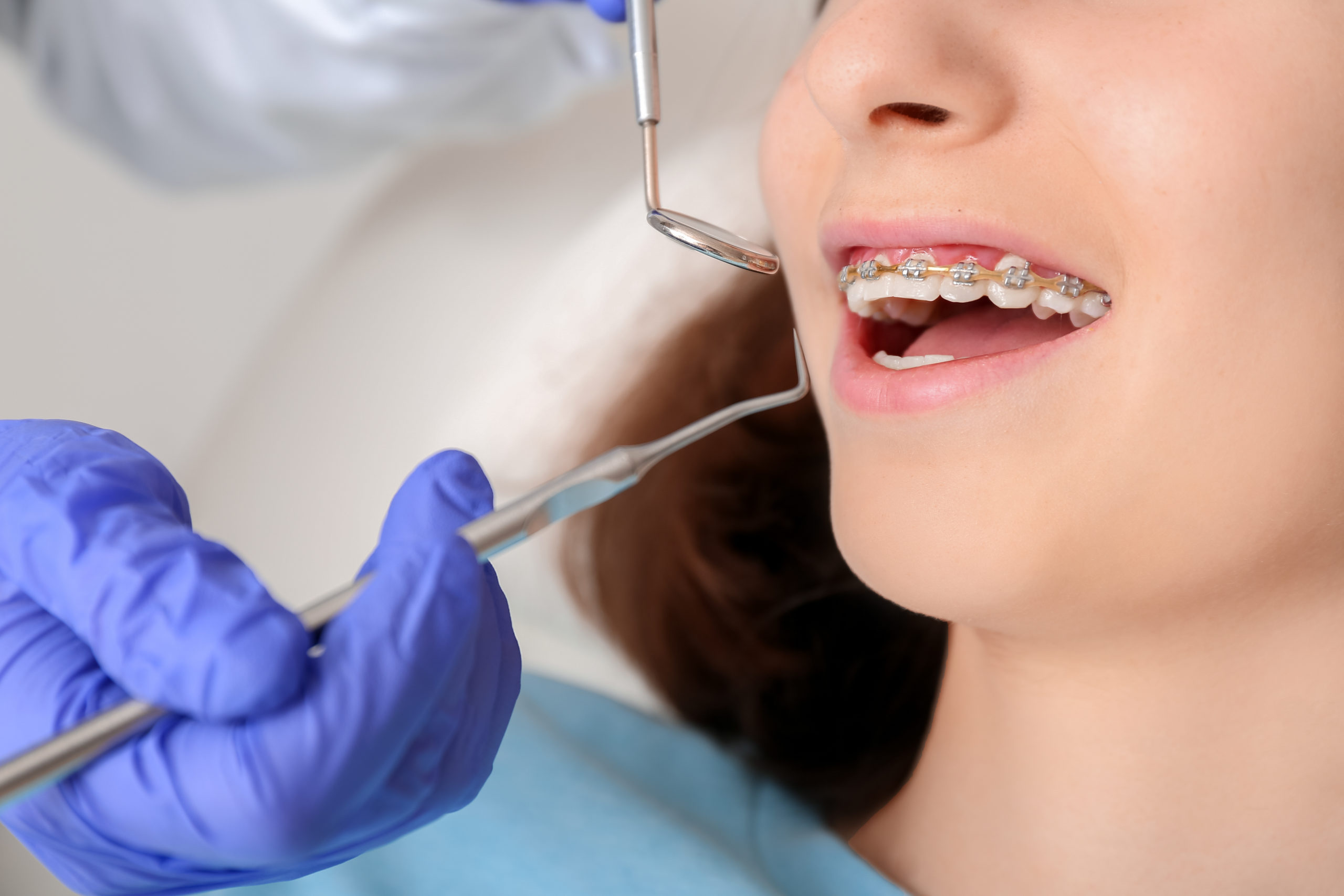Comprehensive Overview to Orthodontics Procedures for Remedying Oral Imbalances
In the world of orthodontics, the journey to accomplishing a perfectly aligned smile entails a myriad of treatments tailored to fix dental misalignments. From traditional dental braces to invisible aligners and also surgical options, the area of orthodontics uses a variety of services to deal with differing levels of dental abnormalities. Comprehending the complexities of each procedure, including their systems, advantages, and prospective drawbacks, is vital in making educated decisions regarding one's orthodontic therapy. As we navigate through the detailed guide to orthodontic treatments for remedying dental imbalances, the complex details of each approach will unravel, clarifying the path towards a harmonious and useful oral positioning.
Orthodontic Procedures Introduction

Regular changes and monitoring are vital parts of orthodontic treatment to make certain development is on track and to make any necessary adjustments along the method. By undergoing orthodontic treatments, individuals can not only attain a straighter smile yet additionally enhance their total oral health and feature.
Traditional Braces: How They Function
When thinking about orthodontic therapies for oral imbalances, standard dental braces stand out as a tried and true technique for fixing teeth positioning. Traditional braces consist of brackets, cords, and bands that function with each other to apply continuous stress on the teeth, gradually relocating them right into the preferred positioning.
One key aspect of how typical dental braces job is the procedure of bone improvement. As pressure is applied to the teeth via the braces, the bone bordering the teeth is reshaped to support the brand-new tooth settings. This renovation is important for the long-term security of the remedied alignment. Patients will certainly need regular changes at the orthodontist's office to guarantee the braces continue to apply the correct pressure for efficient teeth activity.
Undetectable Aligners: Cons and pros
Unnoticeable aligners supply a practical and very discreet alternative to standard braces for remedying oral misalignments. These clear, personalized trays are practically undetectable when used, making them an enticing option for people looking for a more visually pleasing orthodontic therapy. One of the main benefits of unnoticeable aligners is their removability, permitting easier maintenance of dental health contrasted to conventional dental braces. People can remove the aligners before eating or cleaning their teeth, lowering the risk of food obtaining embeded the device and simplifying the cleaning process.

Surgical Orthodontic Options
Surgical treatments in orthodontics existing viable alternatives for addressing intricate dental imbalances that may not be properly fixed through traditional orthodontic treatments. While standard braces and undetectable aligners can remedy many orthodontic problems, particular situations call for surgical intervention to attain optimal results. Surgical orthodontic alternatives are generally advised for severe malocclusions, considerable jaw disparities, and cases where the underlying bone structure requires alteration to achieve appropriate placement.
One common surgical orthodontic treatment is orthognathic surgical procedure, which involves repositioning the jaws to remedy useful concerns such as trouble eating or speaking. This surgical treatment is usually performed in partnership with an orthodontist who dentures assists straighten the teeth prior to and after the treatment. Surgical orthodontics might also include treatments to reveal influenced teeth, get rid of excess periodontal tissue, or reshape the jawbone to create a more harmonious facial profile.
Before considering surgical orthodontic options, clients go through a detailed examination to figure out the need and possible advantages of such treatments. cumming orthodontist. While surgical treatment might seem overwhelming, it can considerably enhance both the feature and aesthetics of the smile in cases where traditional orthodontic treatments fall short
Retainers and Post-Treatment Care

Post-treatment care involves adhering to the orthodontist's guidelines carefully. This may consist of proper dental hygiene practices, participating in follow-up visits, and wearing the retainers as recommended. Failing to conform with post-treatment care guidelines can lead to regression, where the teeth slowly return towards their original settings. Consistent retainer wear, excellent dental hygiene, and normal dental check-ups are vital for maintaining the outcomes achieved via orthodontic surgical treatment and ensuring the long-lasting stability of the remedied dental placement.
Final Thought
To conclude, orthodontic procedures provide numerous options for fixing oral imbalances. Conventional braces make use of steel brackets and cables to change teeth right into proper positioning. Undetectable aligners provide a more discreet option yet might not be suitable for all cases. Surgical orthodontic choices are readily available for more severe misalignments. Retainers are frequently made use of post-treatment to keep the brand-new alignment. In general, orthodontic treatments can successfully improve oral health and wellness and visual look.
As we navigate with the detailed overview to orthodontic treatments for remedying oral misalignments, the elaborate details of each method will certainly unravel, dropping light on the path toward a useful and harmonious dental alignment. - cumming braces
One of the most common orthodontic therapies is the use of braces, which are composed of steel brackets and cords that use gentle pressure to progressively shift teeth right into the wanted placement.When taking into consideration orthodontic therapies for dental imbalances, conventional braces stand out as a time-tested method for dealing with teeth placing. Additionally, invisible aligners might not be suitable for intricate orthodontic problems that require even more significant teeth motion, as they are usually recommended find out this here for light to dentist office moderate instances. Retainers are tailor-made orthodontic tools created to hold teeth in their fixed positions after the conclusion of orthodontic treatment.